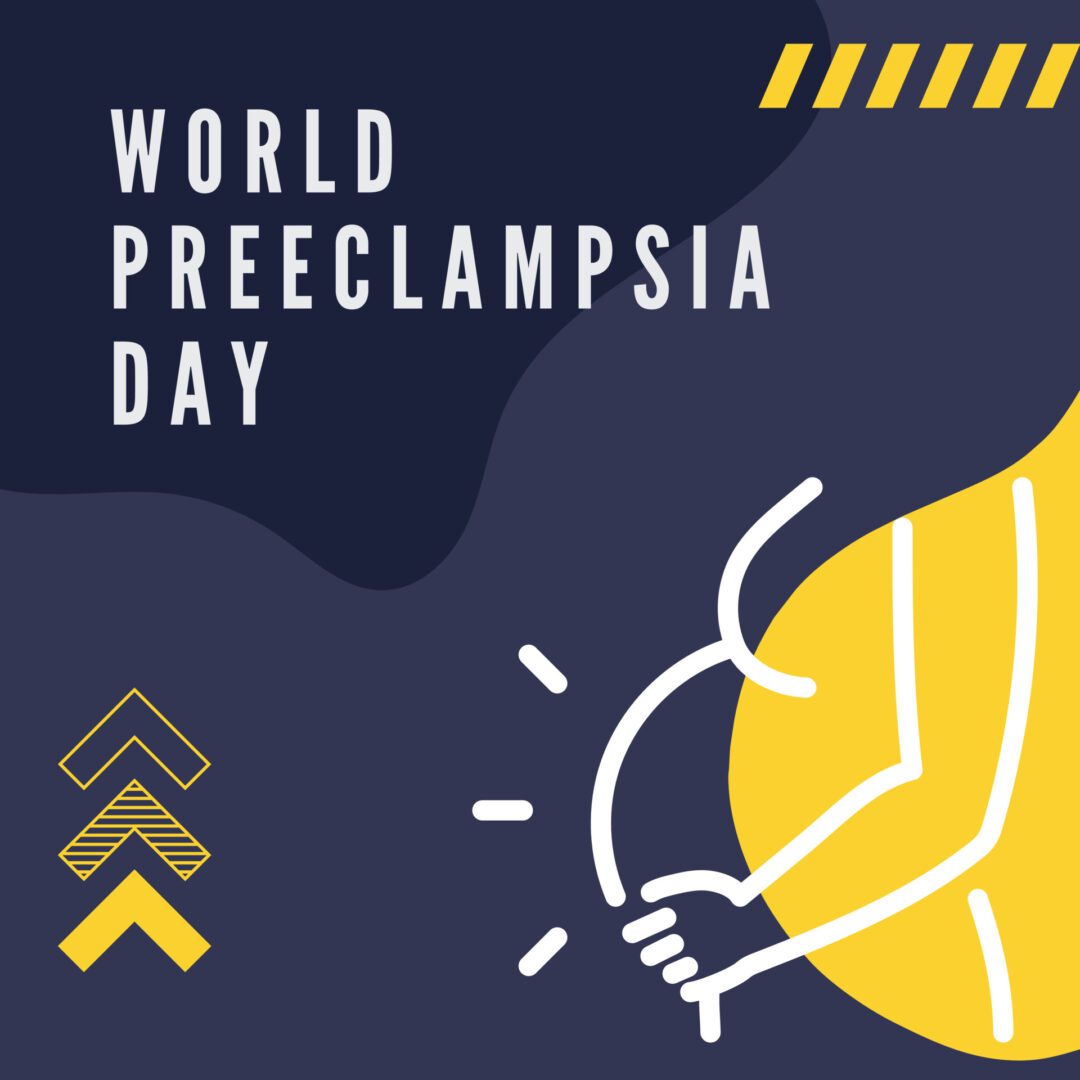Search by Color or Cause


May is Preeclampsia Awareness Month. In addition, May 22 is World Preeclampsia Day.
Please join us to raise awareness for this severe pregnancy condition. Preeclampsia is a type of high blood pressure disorder that occurs during pregnancy and can involve multiple organ systems. For example, it is characterized by elevated blood pressure and proteinuria (protein in urine) and can be categorized as mild or severe. Wear a purple and blue awareness ribbon pin for World Preeclampsia Day.
Preeclampsia is a life-threatening disorder, usually in the second half of some pregnancies. For this reason, it can lead to serious complications for the baby and the mother if it is not monitored and treated. The earlier preeclampsia is diagnosed and monitored, the better the outlook for both the mother and baby. During the routine pregnancy checks, preeclampsia can easily be diagnosed. However, it can only be cured by delivering the baby. New onset of hypertension and/or proteinuria are the first clinical signs and symptoms. Additional symptoms are abdominal pain, hemorrhage, placental abruption or severe HELLP-syndrome (Hemolysis, Elevated Liver Enzymes, Low Platelets).
World Preeclampsia Day is a global healthcare awareness event observed annually on May 22, intending to recognize and increase the awareness of preeclampsia globally. The objective is its prevention and treatment. This annual event counts as a global call to various local and government healthcare authorities and policymakers to promote the action required to combat preeclampsia.
Recent research shows that individuals born in the 1990s and 2000s are twice as likely to develop hypertensive disorders during pregnancy compared to those born in the 1950s. Preeclampsia and other disorders can currently affect 8% of individuals giving birth.
Globally, the death of nearly 800 women in pregnancy and childbirth can be prevented with certain measures, especially in low- and middle-income countries with the highest mortality rate (99%). An average of 4.5% of preeclampsia cases are reported in India.
During these times, it is necessary to recognize and delegate an event to highlight and emphasize the awareness of preeclampsia and spread the word about its screening, diagnosis, treatment and, if possible, its prevention.
Preeclampsia can be detected early on, even in the first trimester, through tests such as blood pressure checks, Doppler scans, and protein measurements between 11–14 weeks. If the test shows an increased risk, changes in diet and lifestyle can be advised to reduce the risk of developing preeclampsia. The earlier the risk is known, the more effective the treatment can be.
A blood test that analyses two placental proteins throughout the second and third trimesters can predict the beginning of preeclampsia approximately four weeks in advance. With this information, prenatal care appointments may be planned at the appropriate frequency.
There is a wide range of factors which increase the chances of preeclampsia development. These include:
It is critical for pregnant women to attend all prenatal appointments. Additionally, blood pressure should be monitored on a regular basis.
Gynecologist consultation is necessary in the event of the presentation of these potential warning signs:
The causes of preeclampsia are mainly unknown, making it difficult to formulate effective primary prevention strategies. However, research has identified advanced maternal age and obesity among other preeclampsia factors. So, avoiding pregnancy in those conditions can be a certain way to avoid the ailment.
Anti-platelet agents and calcium supplementation during pregnancy have been shown to have some benefits for secondary prevention in women at high risk of developing the severe early-onset disease.